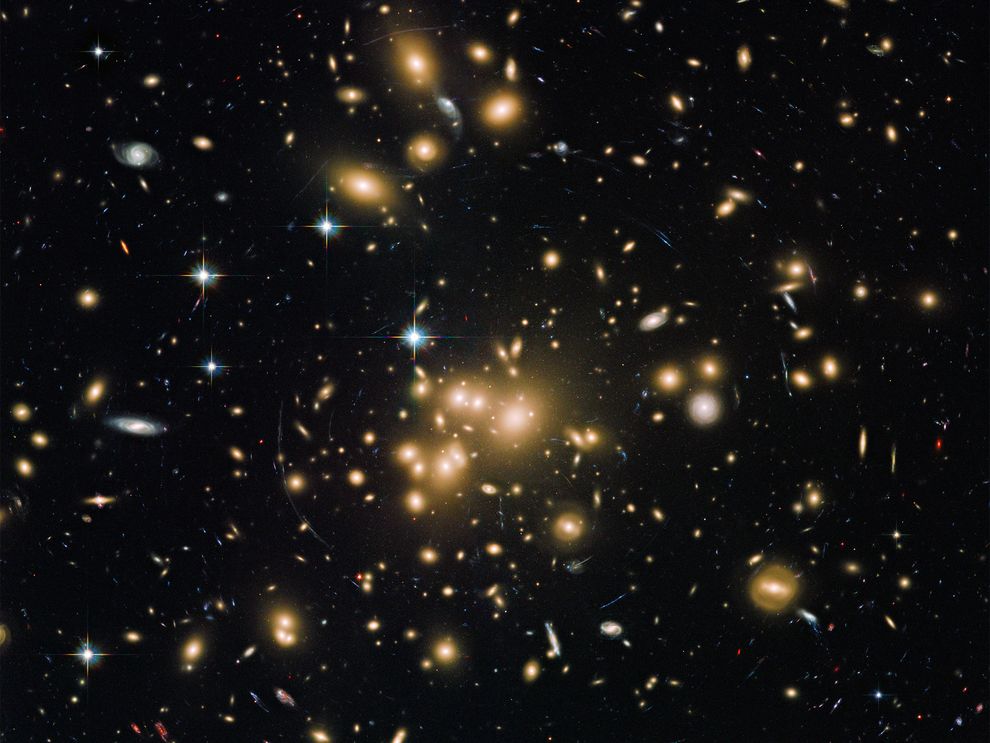
The Hubble Telescope captured images of a developing galaxy shaped like a tadpole.
Astronomers discovered what looks like fireworks in a fledgling galaxy. This object could inform scientists of the evolution of galaxies; specifically, how gas forms in these systems and the development of globular clusters and starbursts, areas ripe for star creation.
The Wide Field Planetary Camera on the Hubble Telescope was fitted with a special series of filters to identify the event. They give astronomers the ability to closely observe the distribution of certain gases and various materials throughout the studied object. Analysts recognised that the head of the galaxy contained fewer heavy materials than the tail.
Many clusters of developing stars were detailed at the head, which expands 2,700 light-years from one end to the other. These young stars are three to six times more massive than surrounding bodies in the galaxy. They’re speculated to have formed less than 1 million years ago compared to other celestial entities ageing between several million and a few billion years old.
The stars are theorized to have formed when the galaxy contacted a filament of gas less than 1 million years ago. Giant holes observed between the stars and the front of KISO 5639 were created from the explosions of supernovae.
One certain object, identified as the Tadpole Galaxy because of its shape, is more like a spiral.
Details of the Hubble image were published in The Astrophysical Journal.
Source: TechTimes

Leave a Reply